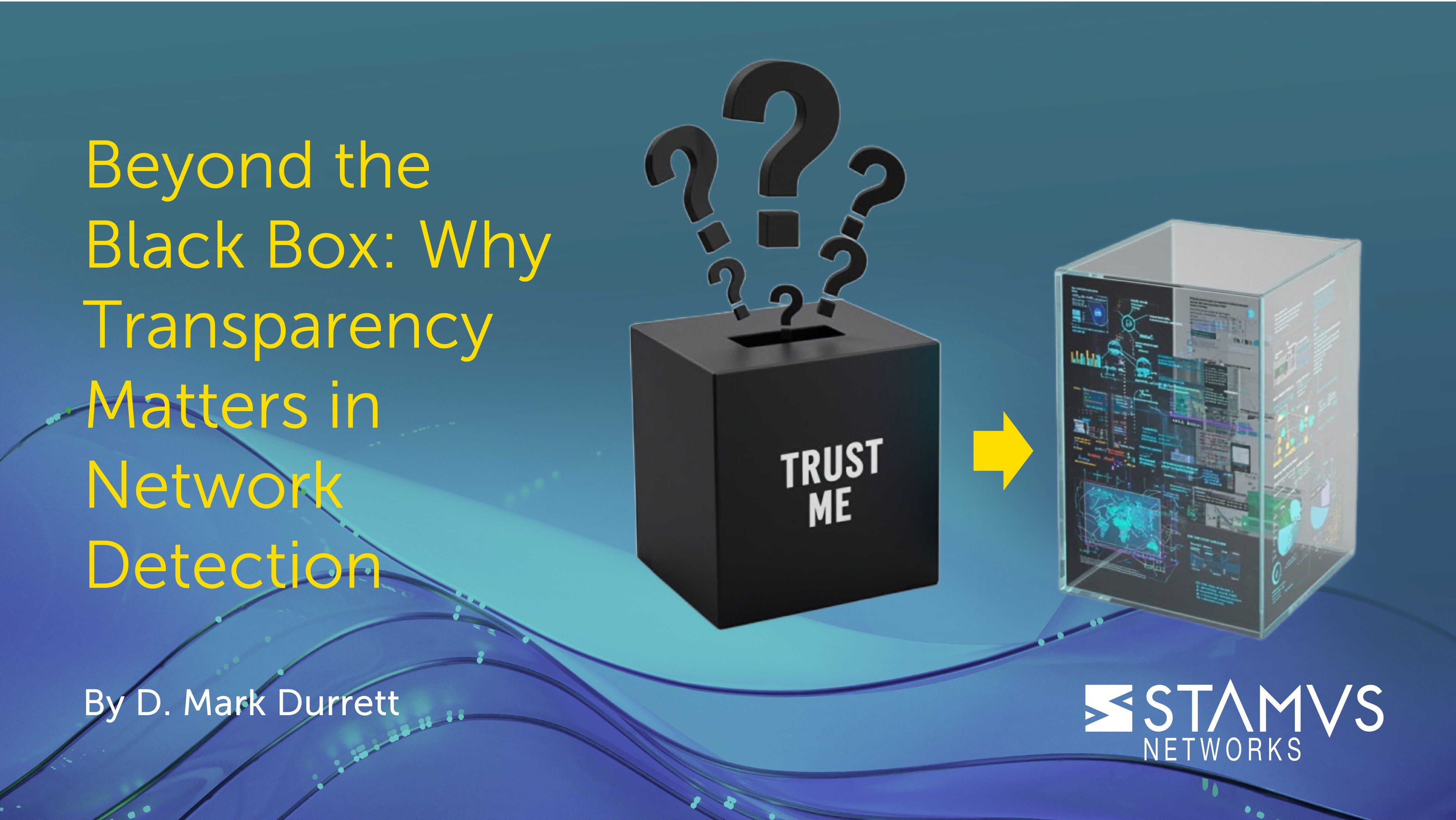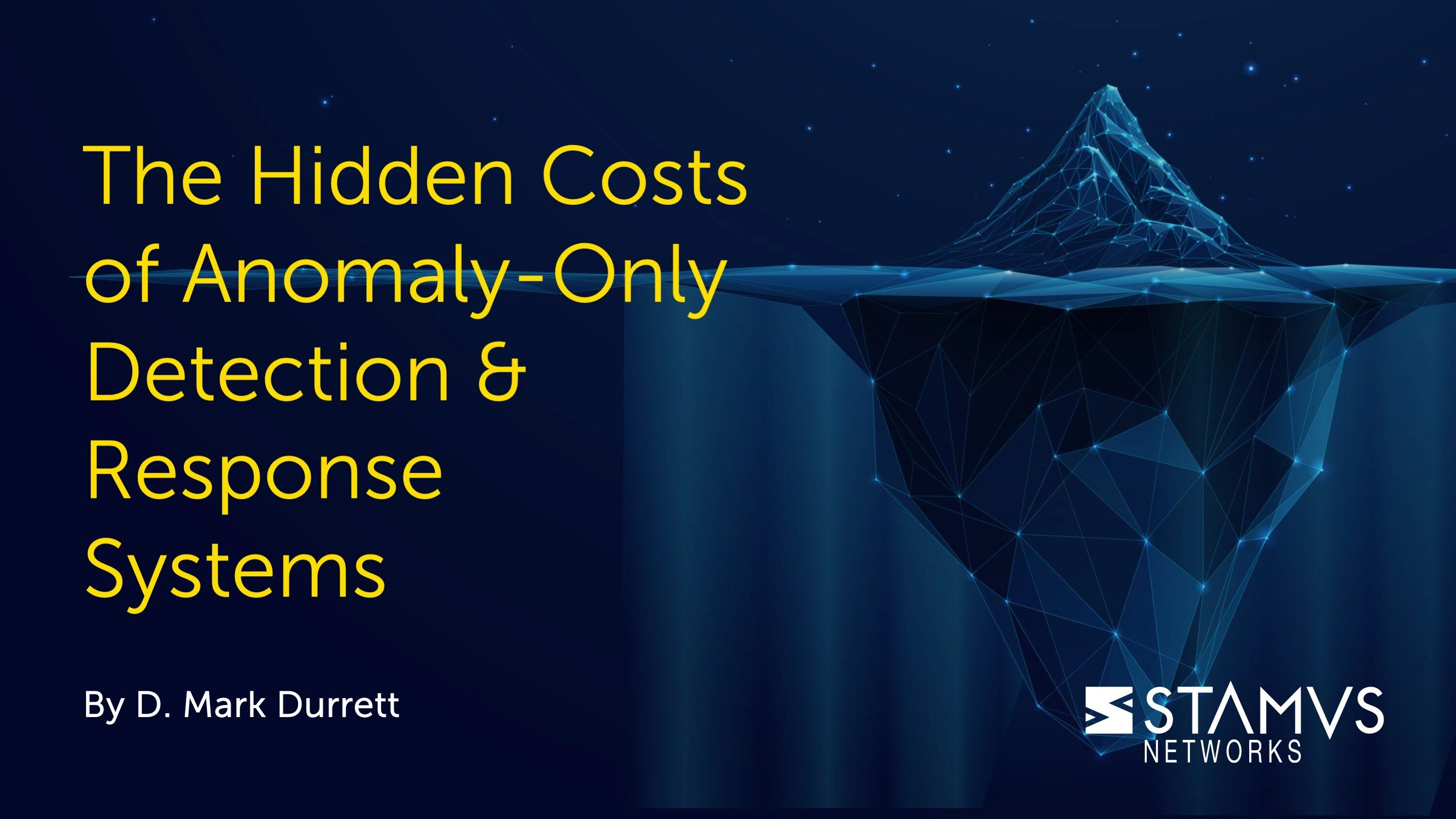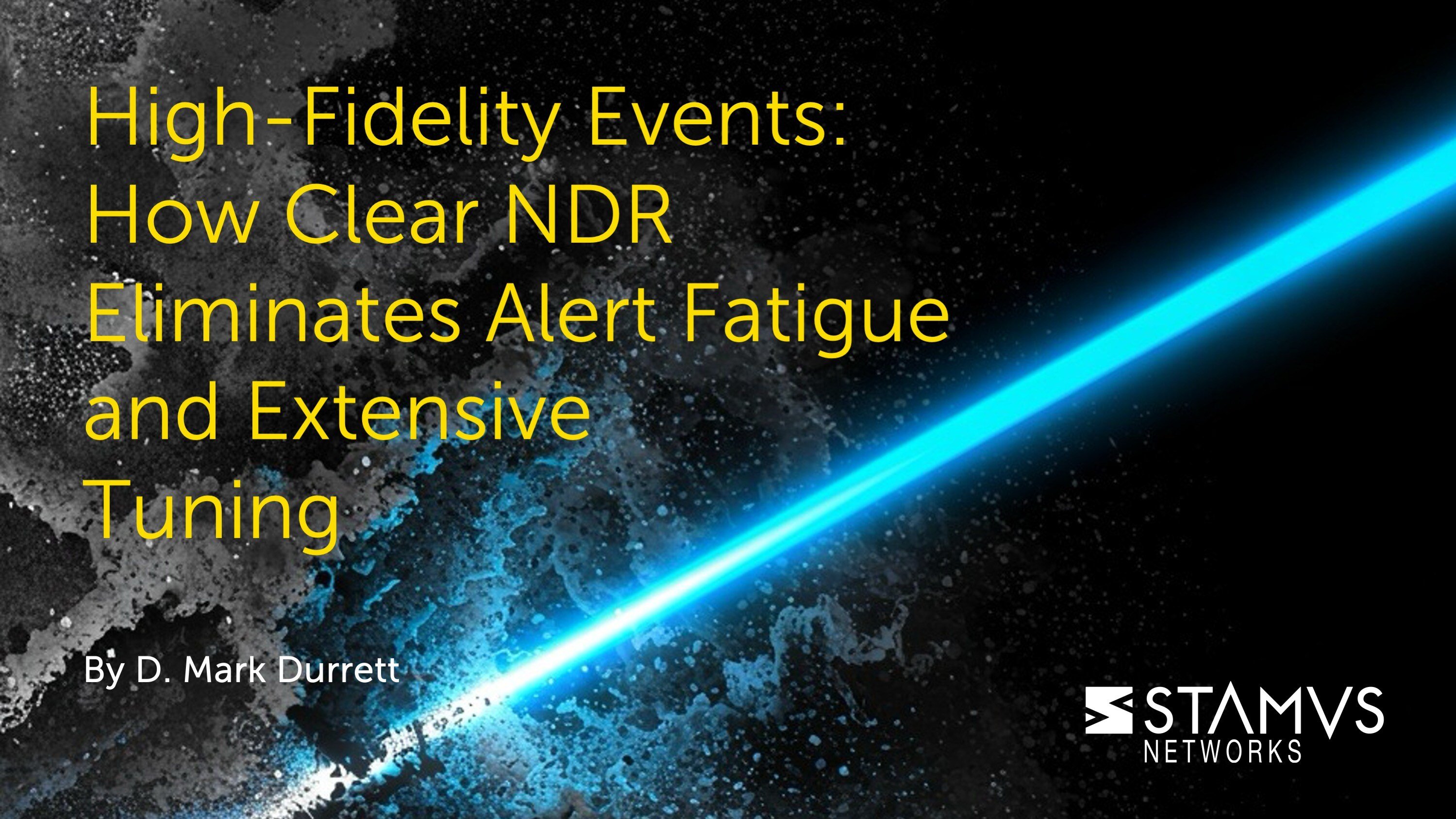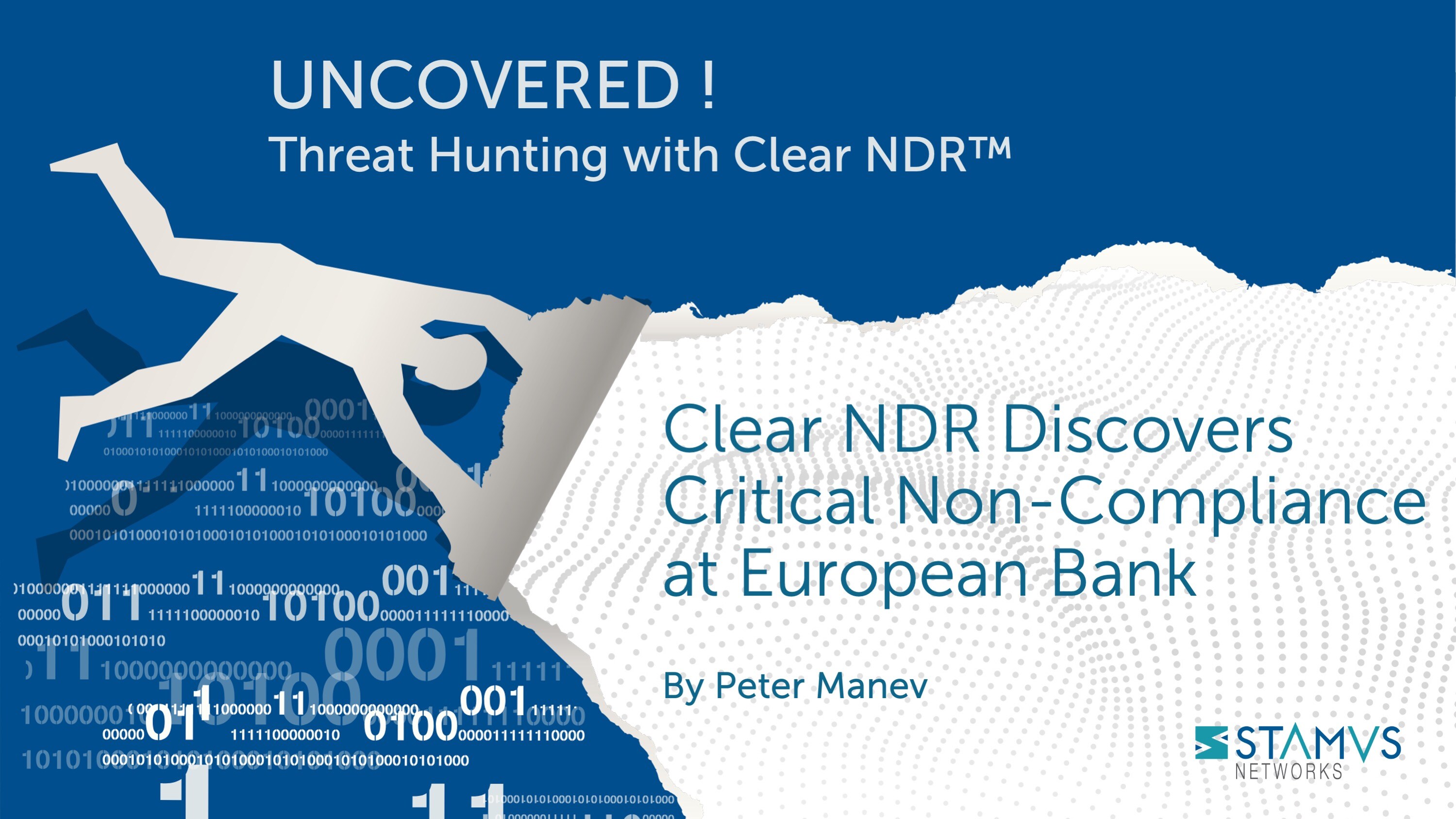In today's complex threat landscape, cybersecurity teams face an overwhelming challenge: detecting sophisticated attacks while avoiding alert fatigue. Network Detection and Response (NDR) solutions have emerged as critical components of the modern security stack, providing visibility into threats that might bypass traditional defenses. However, not all NDR solutions are created equal, and one crucial differentiator is increasingly separating leading solutions from the rest: transparency.
The Rise of Black Box Security
Many of today's most prominent NDR vendors heavily market their artificial intelligence and machine learning capabilities. These vendors position their proprietary algorithms as nearly magical solutions that can automatically detect any threat. While these technologies certainly have their place in modern security, they've also created a significant problem: the black box effect.
A black box solution provides alerts without adequate explanation or evidence. It essentially asks security teams to trust that something is wrong without showing them why. When your NDR tells you something is wrong, your natural next questions are “why?” and “what should I do next?” The black box approach creates several critical challenges:
- Investigation Inefficiency: Security analysts waste precious time investigating alerts without clear starting points or context
- Trust Issues: When alerts lack supporting evidence, analysts become skeptical of their validity
- Skill Development Barriers: Junior team members can't learn from black box systems since the reasoning is hidden
- Compliance Complications: Explaining security incidents to auditors becomes difficult without clear evidence chains
- Incident Response Delays: Response teams lack the detailed information needed to make quick, informed decisions
The Real Cost of Opacity
The black box approach to security might seem attractive on the surface. After all, if the AI can handle everything, why would you need to understand the details? However, this thinking ignores the realities of security operations and incident response.
Consider this scenario: It's 2 AM, and your NDR solution alerts to potential data exfiltration. The alert provides a confidence score of 85% but offers little explanation beyond that. As the on-call analyst, you're left with difficult questions:
- How serious is this really?
- What exactly triggered this alert?
- Where should I begin my investigation?
- What evidence should I gather?
- How do I explain this to my CISO in the morning?
Without transparency, each of these questions becomes exponentially more difficult to answer. The reality is that black box solutions don't eliminate work—they shift it to overworked security analysts who must piece together what happened without adequate context.
Why Transparency Matters: The Four Pillars
Truly effective NDR solutions build transparency into their core design. This transparency manifests in four critical ways:
1. Detection Logic Visibility
Security teams should understand exactly how detections work. This includes:
- Access to detection rule logic
- Understanding of algorithm parameters
- Visibility into ML model inputs and general reasoning
- Ability to tune and modify detection mechanisms
When teams understand detection logic, they can better tune their security tools, reducing false positives while ensuring genuine threats don't slip through the cracks.
2. Comprehensive Evidence Collection
When an alert triggers, analysts need more than just a notification—they need evidence. Transparent NDR solutions provide:
- Complete protocol transaction data
- Relevant network flow information
- Host and user context
- Chronological event timelines
- Automatic correlation of related activities
This evidence package transforms vague alerts into actionable intelligence, dramatically reducing investigation time.
3. Contextual Explanation
Beyond raw data, analysts need context. Transparent solutions provide:
- Clear explanations of why an alert triggered
- Severity contextualization based on environment
- Relation to known threat actors or techniques
- Potential false positive indicators
- Correlation with MITRE ATT&CK or similar frameworks
This context helps analysts quickly determine the appropriate response level and investigate efficiently.
4. Customization and Extension
No vendor can anticipate every organization's unique security needs. Transparent solutions allow teams to:
- Develop custom detection rules
- Implement advanced detection algorithms for unique environments
- Integrate third-party intelligence
- Adjust sensitivity based on risk tolerance
- Create environment-specific detection logic
This flexibility ensures the solution evolves with both the threat landscape and organizational needs.
Transparency in Action: A Case Study
A global financial institution recently shared their experience transitioning from a black box NDR solution to a transparent alternative. Their security operations center (SOC) had been struggling with alert overload and increasing mean-time-to-resolution (MTTR) despite significant investment in their previous solution.
After deploying a transparent NDR platform, they experienced:
- 63% reduction in average investigation time
- 48% decrease in false positive escalations
- 82% improvement in junior analyst confidence
- 3.5 hour reduction in mean-time-to-resolution
The SOC manager attributed these improvements directly to transparency: "When my team can see exactly why an alert triggered and has immediate access to all the supporting evidence, they can make informed decisions quickly. We're no longer wasting time trying to figure out what our security tools are trying to tell us."
The Security Team's Dilemma
Security leaders face a fundamental choice in their NDR strategy: opt for black box solutions that promise automated magic but deliver investigative headaches, or choose transparent platforms that provide the context and evidence needed for effective security operations.
As threats grow more sophisticated, the limitations of black box security become increasingly problematic. Attackers are developing techniques specifically designed to evade machine learning systems, and without transparency, security teams may never understand how these evasions succeed.
The Future is Transparent
The next generation of NDR solutions will not abandon advanced analytics and machine learning—these technologies remain valuable. However, leading solutions will wrap these capabilities in layers of transparency that empower rather than mystify security teams.
The most effective security teams demand solutions that:
- Provide immediate value without extended training periods
- Deliver comprehensive evidence with every alert
- Allow customization to address unique environments
- Integrate seamlessly with existing security workflows
- Explain their detections with clarity and context
As the industry matures, transparency will not remain merely an advantage—it will become an expectation. Security teams will increasingly reject solutions that cannot or will not explain their detections, recognizing that in security, understanding "why" is often as important as knowing "what."
Conclusion: Demand More from Your NDR
As you evaluate your current or future NDR solution, ask yourself:
- Does it provide complete evidence for every alert?
- Can my team understand why detections trigger?
- Does it allow us to create custom detection rules?
- Does it integrate with our existing security stack?
- Can it deliver value immediately, or does it require weeks of training?
If you're answering "no" to one or more of these questions, you may be operating with a black box solution that's costing your team precious time and potentially missing critical threats.
The most sophisticated security teams are moving beyond black box security, embracing solutions that combine advanced detection capabilities with the transparency needed for effective operations. In today's threat landscape, you shouldn't have to choose between powerful detection and clear explanation—demand both from your security vendors.
If your NDR solution can't clearly show you what it found and why it matters, it's not truly transparent—regardless of what the marketing materials claim.
If you would like to see how Clear NDR stacks up against another solution - from Darktrace - which we believe is at the opposite end of the transparency spectrum, we created a technical brief document with a side-by-side comparison of Clear NDR and the Darktrace NDR.
Click the button below to access this document.
About Stamus Networks: Stamus Networks offers Clear NDR, a multi-layered network detection and response solution that provides immediate value, transparent detections, and rich supporting evidence.
Want to see if Clear NDR is right for your security team?
Request a demo at https://www.stamus-networks.com/demo
Request custom pricing using our quote generator at https://www.stamus-networks.com/pricing-quote-generator








